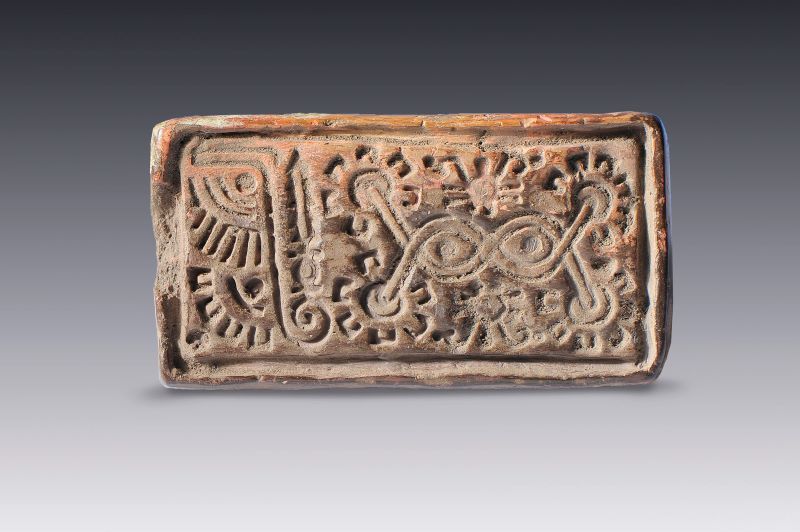The Artistic Expression of Pre-Columbian Seals
Several pre-Hispanic civilizations across the continent made use of seals. As we can see, the aesthetic concept behind the designs varied greatly throughout the cultures that used them.

Seals are artifacts made of stone, wood, or baked clay that were used in pre-Columbian America to stamp or print various images. These stamps, or pintaderas as they were also known, had a wide range of images, and the variety of designs and overall beauty they possessed were impressive. They, like any artistic manifestation, are a cultural and psychological expression of the people who created and used them.
Seals were employed by several pre-Hispanic cultures throughout the continent, from the south (in what is now Peru, Colombia, and Brazil) to the north (in some states of the United States). However, the majority of them have been discovered in Mesoamerica. They were abundant in Mexico's Central High Plateau, Guerrero, the Gulf and Pacific sides, the Tehuantepec Isthmus, and the Yucatan Peninsula. As we can see, the cultures who employed them were diverse, as is the aesthetic notion of the designs.




